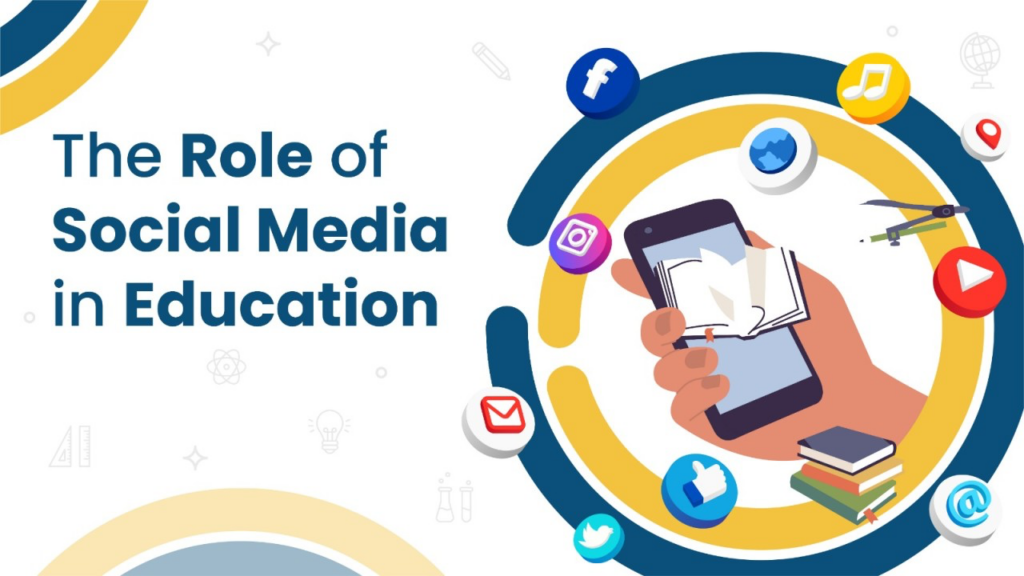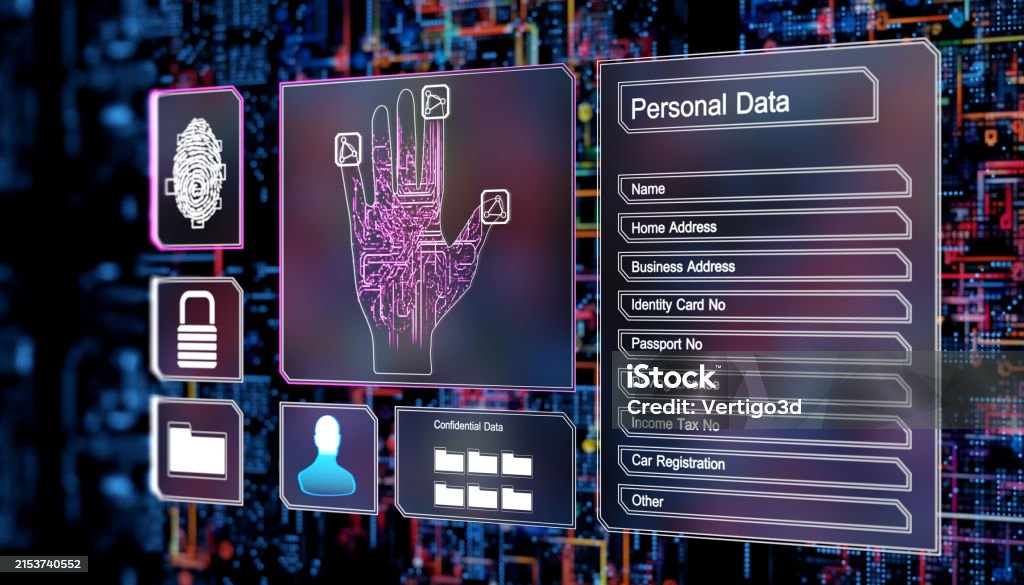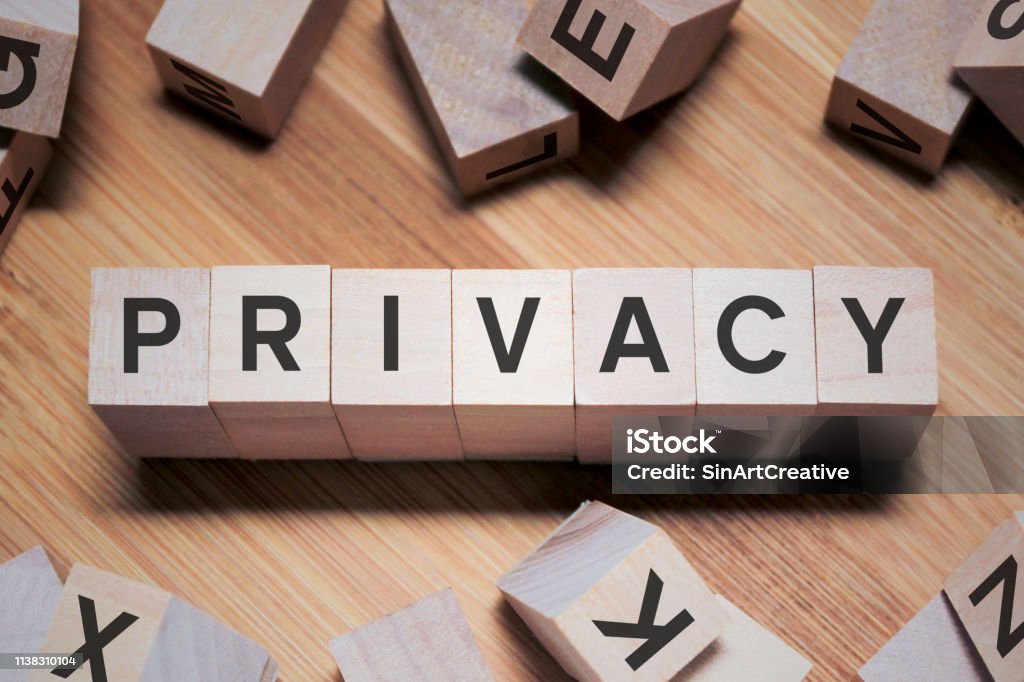What Are Personal Learning Networks (PLNs), and Why Are They Important?
Throughout my time in school, I’ve learnt that learning does not occur in isolation. A Personal Learning Network (PLN) has helped me enhance my knowledge outside the classroom. My PLN has been a source of support and progress, including instructors who push my thinking to classmates who provide fresh insights. Participating in discussions, attending guest lectures, and joining study groups have all helped me improve my critical thinking and application skills in real-world situations.
Beyond school, my PLN includes professionals on LinkedIn, where I follow industry leaders and interact with information that keeps me up to date on financial markets and policy topics.These connections have helped me remain up to date on internship opportunities, economic trends, and professional insights that I would not have discovered otherwise. My own learning network, whether through academic resources or professional networks, is critical to my ongoing development.

Social Media Dynamics for PLNs
When I initially started connecting with professional material on LinkedIn, I wasn’t sure how to make the most of the site. Over time, I saw that postings with more comments and shares acquired traction, indicating that participation is critical in amplifying ideas. By deliberately interacting with posts—leaving intelligent comments, resharing content, and tagging relevant people—I saw that my network began to grow.
Social media is more than just browsing; it’s about actively participating, learning, and building real relationships. Understanding these relationships has enabled me to create a more engaged and resourceful PLN.
Long-Term Network Development
Building a PLN is more than simply building connections; it is also about maintaining them. Early in my academic career, I attended networking events but did not always follow up with those I met. I eventually understood that staying in touch, even if it’s just checking in sometimes or sharing interesting articles, helps to deepen connections over time.
I now make an effort to connect with my PLN on a daily basis. Whether it’s sending a brief LinkedIn message to a former professor, attending alumni gatherings, or publishing findings from my studies, these simple activities keep my network alive. Furthermore, being current with industry developments helps me to provide important insights, making my participation more significant. Creating a PLN is a long-term commitment, and I’ve personally witnessed how maintaining relationships leads to unexpected learning opportunities and job advancement.
Impact of Social Media on Learning, Academics, and Professional Environments
Social media has changed the way I approach learning and professional growth. In one of my economics classes, I found a complex concept difficult to understand. A short YouTube search brought me to a well-explained lesson that clarified the topic in minutes—something a textbook couldn’t do. Platforms like Twitter have also helped me remain up to speed on policy discussions and economic developments by following industry experts who provide real-time views. In a professional perspective, LinkedIn has helped me connect with recruiters and industry mentors. Social media is a powerful tool, but using it effectively—filtering reputable sources and participating meaningfully—is critical to maximizing its benefits for academic and professional development.
Resources
Cube, M. (2023, July 20). A concept that expresses the hyper-connected society of modern. . . iStock. https://www.istockphoto.com/photo/a-concept-that-expresses-the-hyper-connected-society-of-modern-society-by-connecting-gm1557118048-526883104?utm_campaign=srp_photos_bottom&utm_content=https%3A%2F%2Funsplash.com%2Fs%2Fphotos%2Fhuman-network&utm_medium=affiliate&utm_source=unsplash&utm_term=human+network%3A%3Avideo-affiliates%3Aexperiment
Expert Academy (GLOBAL). (2019, July 2). How to make a great LinkedIn Profile – TIPS + EXAMPLES [Video]. YouTube. https://www.youtube.com/watch?v=zd4ALKv8Das
Kumar, K. (2023, May 22). The role of social media in education. https://www.linkedin.com/pulse/role-social-media-education-keerthan-kumar








